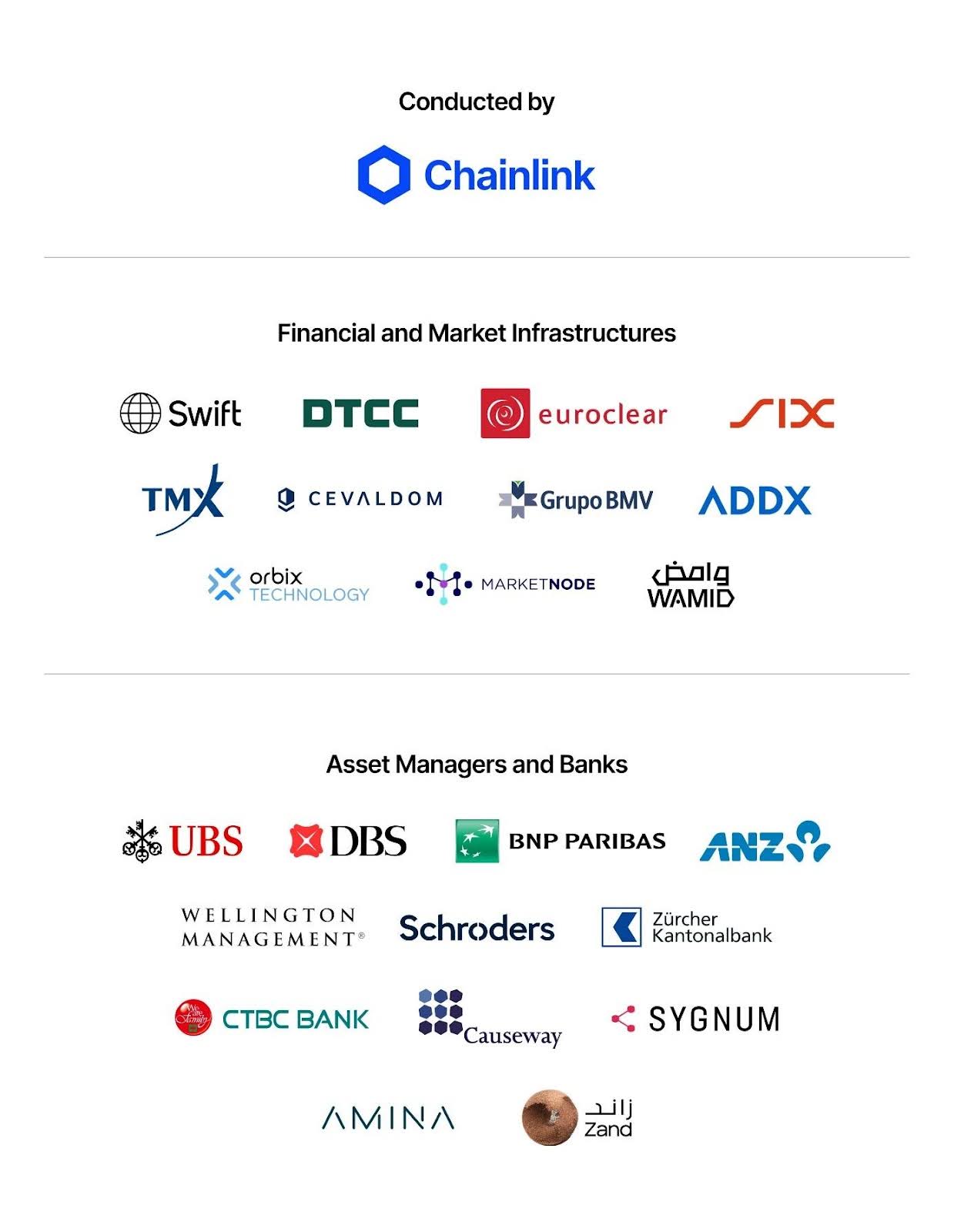
The share of seniors aged 65 and older has steadily increased over the past 20 years, rising from 13 per cent in 2005 to about 19 per cent in 2025. Statistics Canada modelling suggests that it could be as high as 32 per cent of the population in 50 years. This has some people wondering whether the Canada Pension Plan (CPP) will be there when they retire.
South of the border, the 2025 Trustees Report for the U.S. Social Security — the CPP equivalent in the U.S. — issued a stark warning recently. The report stated that the fund will “be able to pay 100 per cent of total scheduled benefits until 2033, unchanged from last year’s report. At that time, the fund’s reserves will become depleted and continuing program income will be sufficient to pay 77 per cent of total scheduled benefits.”
Unless U.S. lawmakers take action to eliminate shortfalls, pensioners could see their benefits fall.
European retirement pensions, especially those in countries using pay-as-you-go systems, such as Germany, France, Italy and Spain, are facing similar demographic challenges. There are too many older people collecting pensions and not enough younger people contributing, and that is affecting immigration policies to soothe the stress on the social security system.
Canada’s primary retirement pension, the CPP, takes a different approach from some European plans. Rather than pay-as-you-go, where today’s workers fund current pensioners directly, the CPP is a partially funded plan. It is only partially reliant on current contributors as a result.
As of June 30, the Canada Pension Plan Investment Board (CPPIB) reported assets of about $732 billion. Roughly half of the $17 billion increase over the previous three months came from investment appreciation and the other half came from contributions exceeding pensions paid.
Every three years, the federal, provincial and territorial finance ministers assess the health of the CPP, which is formally audited by the Office of the Chief Actuary. There is an upcoming report expected later this year. The last review, tabled in Parliament in December 2022, reported that “the CPP is financially sustainable for the next 75 years at the current level of contributions.”
Until the 1990s, the CPP was a pay-as-you-go model but key reforms culminated in a 1997 agreement by federal, provincial and territorial governments to implement major changes. Contribution rates were increased and the investment strategy switched from low-risk, low-return government bonds to include public and private equities as well as other asset classes with higher return potential.
It could be argued that U.S. and European governments should have foreseen the pension crises they currently face, given long-standing demographic trends. The baby boomers have been aging for 75 years and birth rates have been declining for 50 years. So, Canada gets credit for planning ahead a generation ago.
Some people wonder if the retirement age might be pushed back for the CPP. There do not seem to be any imminent indications of a change. But back in 2012, the federal government proposed a change to the other Canadian retiree pension – the Old Age Security (OAS) – to push back the eligibility age from 65 to 67 between 2023 and 2029. This decision was subsequently reversed in 2016.
The OAS pension is not based on a worker’s contributions. It is instead based on years of residency in Canada. A recipient is entitled to a pension that is not funded, so there is no dedicated pool of investments set aside like there is with the CPP. This introduces an element of risk for this pension in the future, particularly for those with higher incomes. There is already a means-testing element to the OAS, with a pension recovery tax applying to high-income retirees who may have their pension clawed back.
Many countries have delayed their retirement age due to pressure on their social security systems. Earlier this year, Denmark moved to raise its retirement age to the highest in Europe. It is currently age 67, but will increase steadily to 68 in 2030, 69 in 2035, and 70 by 2040. The changes apply to those born since 1971, who turn 55 next year.
Although it may be politically unpopular amongst younger voters to push back the retirement age, there is some merit for the approach. Life expectancy in many countries has been rising, such that the years people spend in retirement are significantly more than in the past. This shift, coupled with fewer taxpayers and more pensioners, is bound to lead to challenges.
The maximum CPP retirement pension in 2025 ranges from $11,005 at age 60 to $24,418 at age 70. The earlier you begin your pension, the less you get. Although the maximum at age 65 is $17,196, the average applicant receives just $10,134. The lower average is because the typical pensioner has not contributed the maximum to the CPP during enough of their working years.
The plan does allow a drop-out for periods when parents with young children may have had low or no earnings when calculating their pension so that they are not penalized. Immigrants to Canada may also benefit from international social security agreements with the federal government. These agreements can recognize periods of contributions to pensions in other countries for enhancing a CPP pension, or periods of residency abroad for the OAS program.
Recent enhancements to the CPP that began in 2019 will provide higher pensions for retirees in the future. This pension increase coincides with a rise in contributions to ensure these higher payments can be funded.
When love ends in divorce, who gets the RRSPs? Watchdogs warn against finfluencers, but they can helpAs it stands, today’s pensioners and contributors should have confidence in the stability of the CPP. It differs from other foreign pensions that are strained. The OAS is certainly more precarious, and the federal government will continue to be under pressure to maintain it.
CPP and OAS alone will fall short of funding retirement for most Canadians who will need to save on their own. Even if they are entitled to the maximum for both pensions and defer them to age 70, the payments are just over $3,000 per month. But people should not worry about whether the CPP is going to be there for them. It may not be enough, but it is not at risk.
Jason Heath is a fee-only, advice-only certified financial planner (CFP) at Objective Financial Partners Inc. in Toronto. He does not sell any financial products whatsoever. He can be reached at [email protected].













 Bengali (Bangladesh) ·
Bengali (Bangladesh) ·  English (United States) ·
English (United States) ·